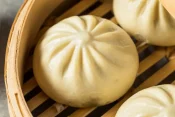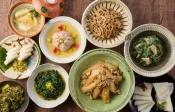Kaiseki in Kyoto: A Culinary Experience Beyond Compare
Kyoto, the ancient capital of Japan, is a city that effortlessly blends tradition and modernity. From serene temples and lush bamboo forests to bustling markets and cutting-edge technology, Kyoto offers a unique experience for every traveler. But for me, the true magic of Kyoto lies in its culinary scene, particularly in the exquisite art of kaiseki cuisine.
If you’re a foodie like me, you’ve probably heard of kaiseki, but you might not know exactly what it is. Let me tell you, it’s not just a meal; it’s a culinary journey that will tantalize your senses and leave you wanting more. In my opinion, it’s the one dish you absolutely must try in Japan.
The first time I experienced kaiseki, I was blown away. Each dish was a masterpiece, meticulously crafted with seasonal ingredients and presented with an artistic flair that made me hesitant to even take a bite. But when I did, the flavors exploded in my mouth, a symphony of textures and tastes that I’ll never forget. Since then, I’ve been hooked, and kaiseki has become my absolute favorite Japanese cuisine.
So, What Exactly is Kaiseki?
Kaiseki is a traditional multi-course Japanese dinner that originated in the ancient tea ceremonies of Kyoto. It’s more than just a meal; it’s an expression of hospitality and a celebration of the seasons. Each dish is carefully crafted to showcase the freshest ingredients at their peak, and the presentation is just as important as the taste.
A typical kaiseki meal consists of anywhere from 8 to 15 courses, each one a small, perfectly formed work of art. The courses are served in a specific order, starting with appetizers and progressing through soup, sashimi, grilled dishes, simmered dishes, rice, pickles, and finally dessert.
But kaiseki is not just about the food. It’s also about the atmosphere, the service, and the overall experience. The chef plays a crucial role in creating a personalized dining experience for each guest, taking into account their preferences and dietary restrictions.
The Art of Kaiseki
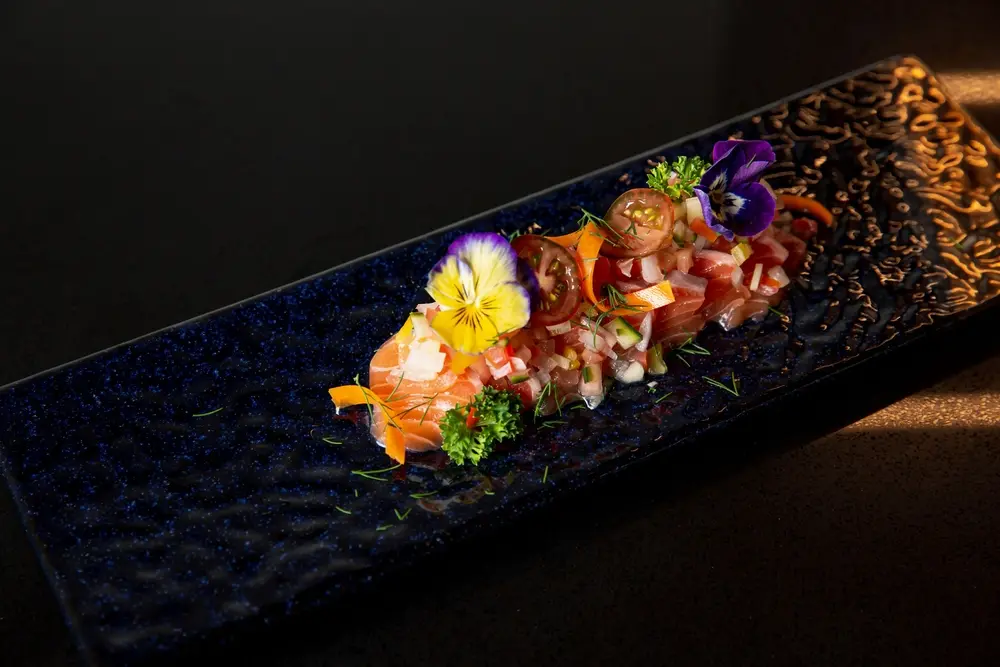
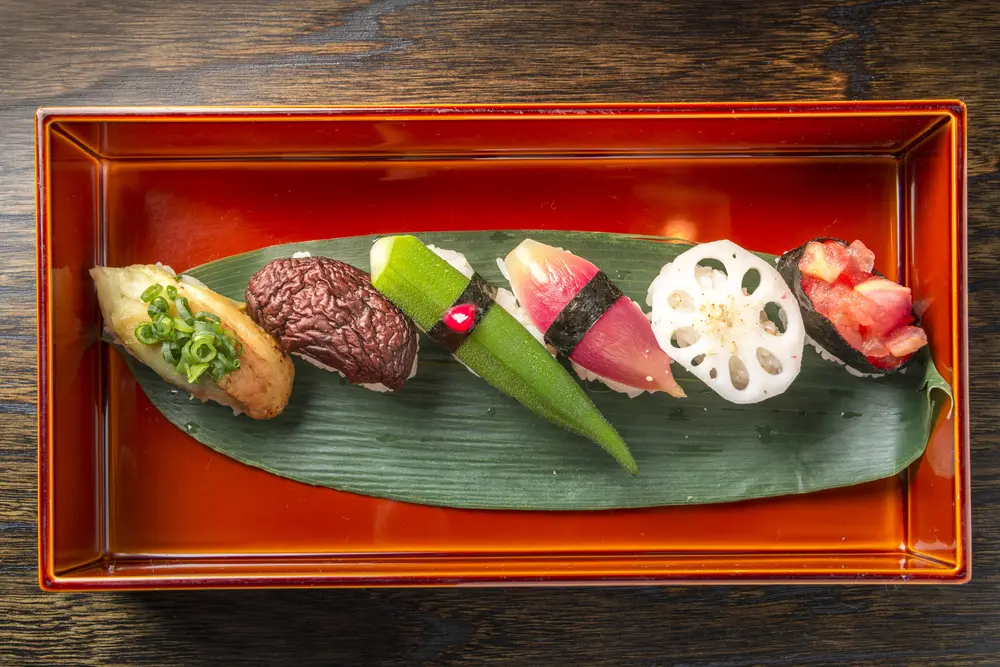
Kaiseki is often described as an art form, and for good reason. The chefs who create these culinary masterpieces are true artisans, dedicating years of their lives to mastering the intricate techniques and traditions of kaiseki cuisine.

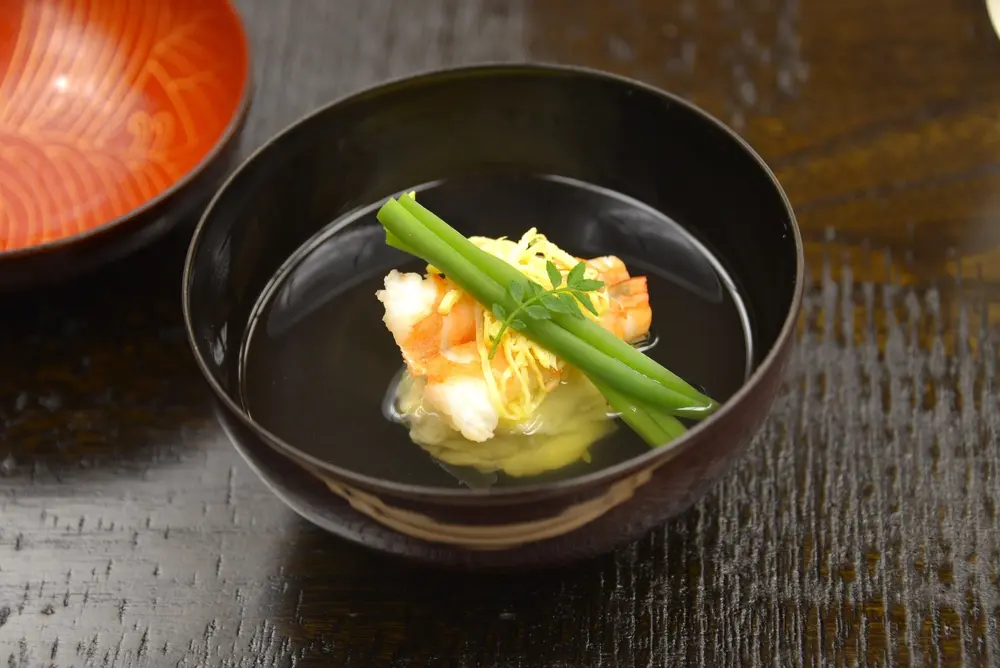
One of the most important aspects of kaiseki is the use of seasonal ingredients. Each dish is designed to reflect the changing seasons, incorporating the freshest produce, seafood, and meats available at that time. This not only ensures the highest quality and flavor but also connects the diner to the natural world and the rhythm of the seasons.
The presentation of kaiseki dishes is also a crucial element. Each dish is meticulously arranged on beautiful ceramic plates, often with delicate garnishes and edible flowers. The goal is to create a feast for the eyes as well as the palate.
Where to Experience Kaiseki in Kyoto
Kyoto is home to a wide range of kaiseki restaurants, from Michelin-starred establishments to more casual eateries. While some high-end restaurants can be quite expensive, with lunch sets starting at around 10,000 yen (around $100 USD), there are also many affordable options available.
Some of my personal favorite kaiseki restaurants in Kyoto include:
1.Kikunoi
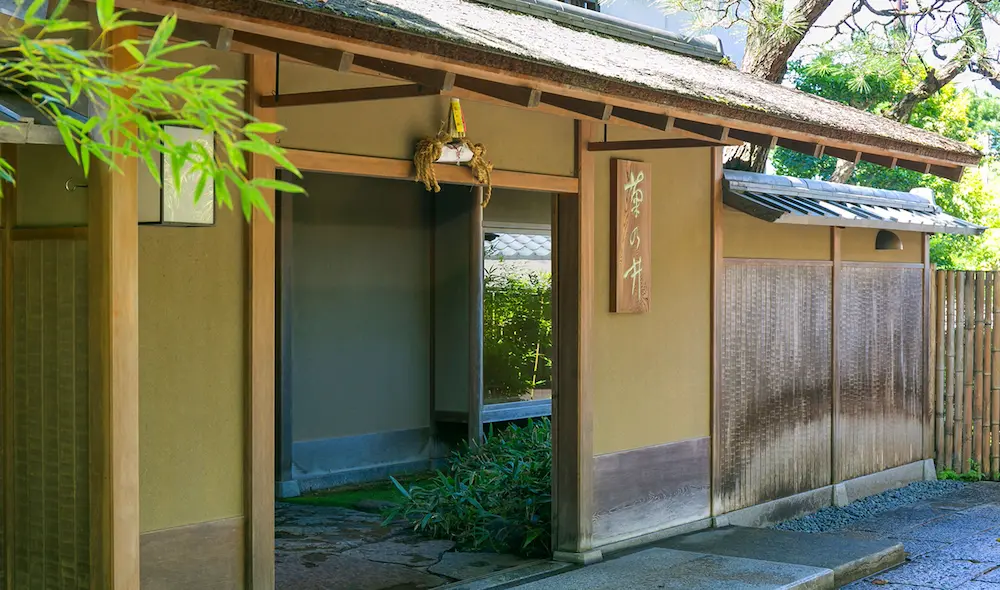
A Michelin-starred restaurant known for its innovative take on traditional kaiseki cuisine.
→Kikunoi official site (English)
2.Hyotei
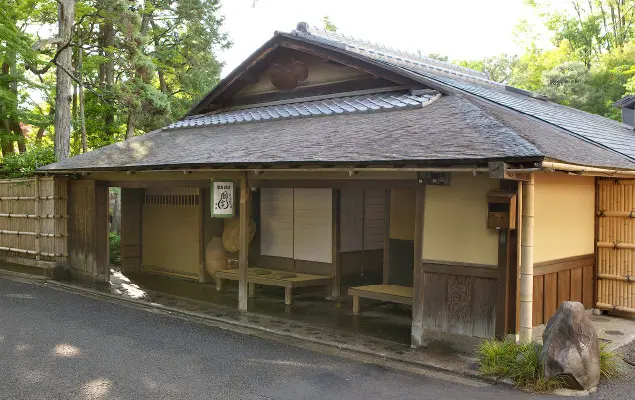
A historic restaurant that has been serving kaiseki for over 400 years.
→Hyoutei official Site(English)
3.Gion Karyo

A cozy restaurant tucked away in a quiet alley in Gion, offering a more intimate kaiseki experience.
→Gion Karyo official Site(English)
No matter where you choose to dine, be sure to make a reservation in advance, especially if you’re visiting during peak season.
Kaiseki Beyond the Meal
Kaiseki is more than just a meal; it’s a window into Japanese culture and aesthetics. The emphasis on seasonality, harmony, and balance reflects the core values of Japanese society.
The kaiseki experience is also deeply connected to other aspects of Japanese culture, such as tea ceremony, pottery, and flower arrangement. Many kaiseki restaurants are housed in traditional Japanese buildings with beautiful gardens, adding to the overall ambiance.
If you’re interested in learning more about kaiseki, there are several workshops and events held throughout Kyoto where you can learn about the history, philosophy, and techniques of this unique culinary art.
Kaiseki for the Modern Traveler
While kaiseki can be expensive, there are ways to enjoy it on a budget. Many restaurants offer lunch sets that are more affordable than dinner, and some even have special menus for tourists.
If you have dietary restrictions or preferences, don’t hesitate to let the restaurant know in advance. Most kaiseki chefs are happy to accommodate special requests.
Whether you’re a seasoned foodie or a curious traveler, I encourage you to embrace the kaiseki experience. It’s a truly unique and unforgettable way to immerse yourself in Japanese culture and cuisine.
Reviews from Visitors
There are no reviews yet. Be the first one to write one.


